The standard response for most people is that bugs are bad, but if you’re a gardener, bugs can be your best friends, especially if you’re growing organic food. Pesticides are known to cause all kinds of health problems.
The problem for many people is knowing what kinds of bugs are good and which ones are bad, some will kill your plants while others eat the bad ones or help in other ways.
Today we’re going to tell you about the useful bugs in your garden and even give you some pictures.
Lady Bugs
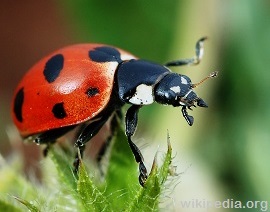
Their larvae are even meaner. Actually, as adults, they’re not that aggressive but still good to have around. They also come in solid black and solid red colors. Lady bug eggs are yellowish ovals that are found on the underside of plant leaves.
Plant dill, fennel, yarrow, angelica and coreopsis to attract lady bugs and their mighty larvae.
Lacewings
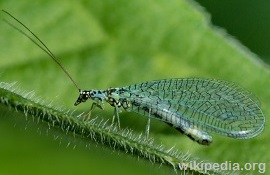
As adults, they eat mostly flower nectar but as larvae, they are voracious predators to moth eggs, small caterpillars, aphids, whiteflies, thrips, scales and mites.
Adult lacewings are light green or light brown and have oversized, veiny wings.
Plant cosmos, angelica, sweet alyssum and coreopsis to attract lacewings to your garden.
Minute Pirate Bugs
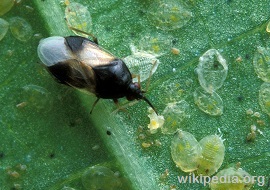
They have evil-looking pinchers by their heads and eat aphids and just about any other insect that they can find.
This means that they may eat the good ones, too but they’re still OK. They move quickly.
Pirate bugs are attracted by goldenrods, daisies, yarrow, alfalfa, buckwheat, corn, willows and flower pollen and nectar.
Soldier Beetles
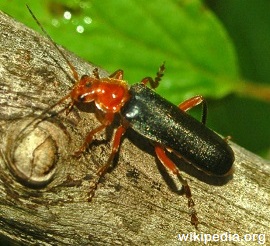
Their larvae eat eggs and larvae of beetles, moths, grasshoppers and other insects. Be careful because, though they’re great for your garden, they will bite.
Attract soldier bugs with marigolds, catnip, hydrangea and goldenrod.
Spined Soldier Bugs
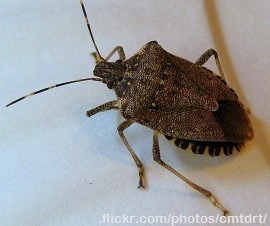
They eat hairless caterpillars and beetle larvae. They bite, too.
Attract spined soldier bugs with perennial plants because that’s where they take shelter.
Ground Beetles
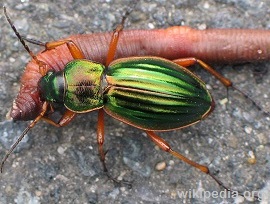
They develop in the soil and eat root maggots, slugs, cutworms, snails, cabbage maggots, Colorado potato larvae and other pests.
Cool fact: One little ground beetle larvae can eat 50 caterpillars or more – talk about a voracious appetite!
Plant perennials to attract them and provide ground cover such as logs or rocks for them to hide under.
Tachinid Flies
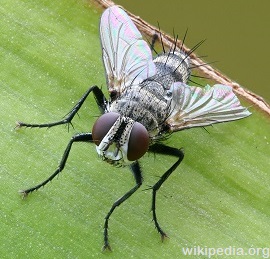
Instead, they’ll fly around in the garden and snack on armyworms, cutworms, tent caterpillars, cabbage loopers, gypsy moths, Japanese beetles, sawflies, sowbugs and squashbugs. Yum.
Plant flowers with lots of pollen and nectar to attract them. They also like herbs such as dill, parsley and sweet clover. Let a few of your herb plants flower for them because that’s the part that they like best.
Damsel Bugs
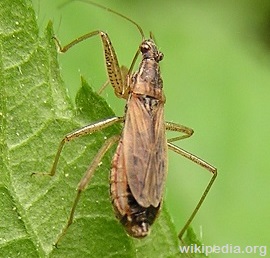
They’re kind of a dusty brown color with long bodies and narrow wings. Damsel bugs use their thick front lets to snatch their prey.
Damsel bugs are attracted to alfalfa.
Aphid Midge
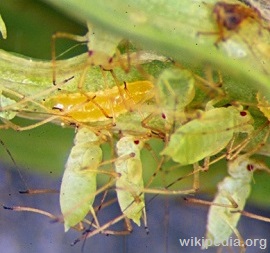
They’re the color of mandarin oranges and sort of look like an orange wedge, too. They have long legs and eat more than 60 species of aphids.
They paralyze them with toxins in their saliva before they start munching.
Aphid midges are attracted to plants with pollen.
Syrphid Flies
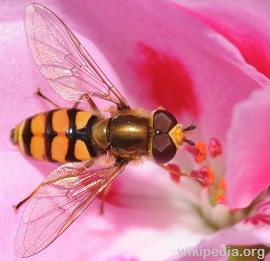
The larvae are green and look a little like pointy-headed slugs. Syrphid maggots are really good at squeezing into curled-up leaves to ferret out aphids.
The adults are great pollinators too, especially of strawberry and raspberry plants, so there’s a bonus. Syrphid flies are attracted to pollen-producing plants.
Big-Eyed Bugs
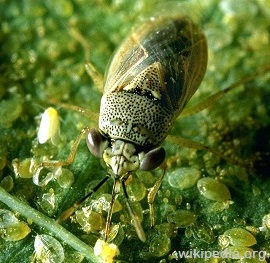
Despite being only about an eighth of an inch long, big-eyed bugs chow down on mites, insect eggs and aphids in both their nymph and adult states.
Big-eyed bugs are attracted to bushes, grass and other permanent foliage that provide shelter.
Brachonid (Parasitic) Wasps
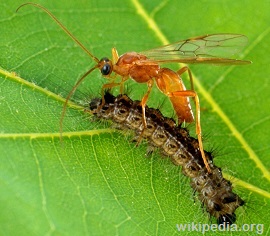
Unlike mean wasps, these parasitic wasps are so tiny that you can barely see them.
Brachonid wasps are attracted by plants that produce pollen and nectar so you get the added benefit of pollination.
Spiders
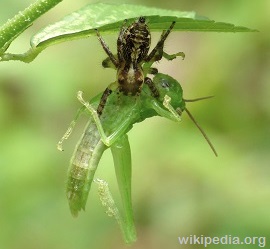
The good ones don’t want to come inside because their food is in the garden.
They’re not poisonous, either. Just watch out for nasty ones such as the brown recluse, black widow and wolf spider. They do bite and are poisonous.
Attract spiders with perennials and straw mulch.
Dragonflies
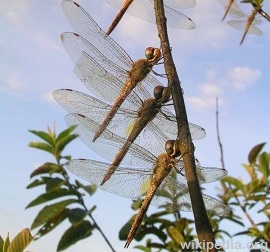
They’re anywhere from one to two inches long and have four long, pretty wings. They love wet, marshy areas.
To attract dragonflies, build a little pond or leave a marshy area alone.
As you can see, there are many great bugs that will help you keep your garden healthy. These are the main ones and if you don’t have any in your garden you can often order them through the mail and then release them but remember that you want to have the preferred plants of the adults if it’s the larvae of the species that eats the bad bugs.
Do you know of any good bugs that we’ve missed? If so, tell us about them in the comments section below.
This article has been written by Theresa Crouse for Survivopedia.


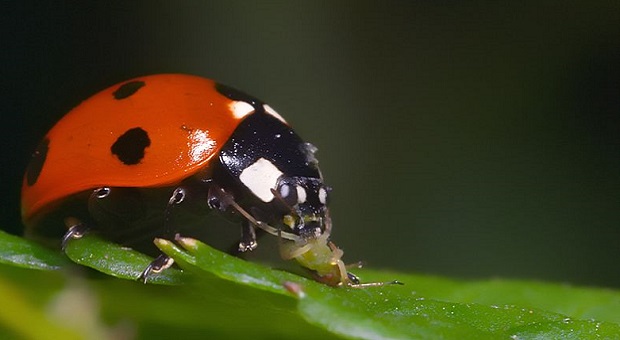






Pingback:6 Wild Birds You Should Attract To Your Homestead | | Disasterdefense.us | March 11, 2016
|
Pingback:Real Spring Or Just A Temporary Warm Spell? | Prepper's Survival Homestead | March 27, 2016
|
Kevin R | May 8, 2017
|
How about Assassin Bugs (Reduviidae family)?
They impale their prey and inject powerful saliva that turns the prey’s body contents to liquid.
They feed on everything from beetles to caterpillars, but sometimes they also bite humans if you don’t handle them carefully.
I don’t see many of them in my garden, maybe because they’re too good at camouflage.